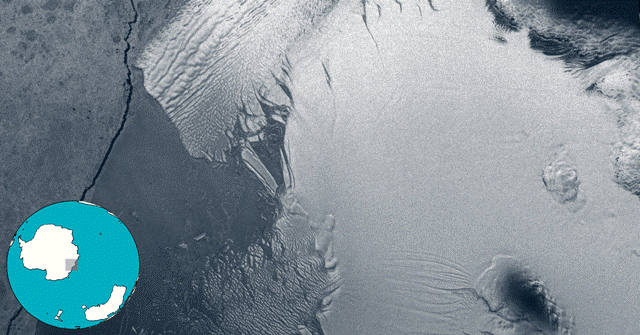Totten GlacierGlacier shows 'significant changes' in East AntarcticaPosted January 16, 2009
Totten Glacier, which flows out of the Aurora Basin in East Antarctica, is big. How big? It holds enough ice to raise global sea levels by more than 9 meters, according to estimates from the University of Edinburgh, one of the institutions involved in an airborne project to map out the Aurora and adjoining Wilkes Basin. It’s probably the biggest valley glacier in East Antarctica and the one that seems to be changing from warmer ocean water, according to Don Blankenship “It’s responding badly to changes in ocean circulation,” Blankenship said. Blankenship is also the principal investigator on the project, an International Polar Year Tas van Ommen “One aim of the ICECAP work will be to laern more about what is driving this change,” van Ommen said. “Presently, we don't know. There is a deep trench where it meets the [Southern] Ocean on the east flank of Law Dome, and ocean processes may be playing a role, but the change may also be connected with dynamic changes in the ice upstream.” Back to main story: The leading edge. |



For USAP Participants |
For The Public |
For Researchers and EducatorsContact UsU.S. National Science FoundationOffice of Polar Programs Geosciences Directorate 2415 Eisenhower Avenue, Suite W7100 Alexandria, VA 22314 Sign up for the NSF Office of Polar Programs newsletter and events. Feedback Form |


